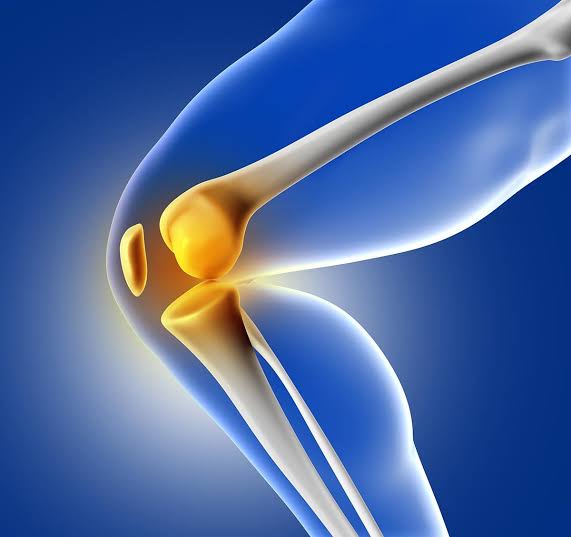- Get link
- X
- Other Apps
JUST IN
- Get link
- X
- Other Apps

Osteoporosis
is a bone disease that develops when bone mineral density and bone mass decreases, or when the quality or structure of bone changes. This can lead to a decrease in bone strength that can increase the risk of broken bones (fractures).
Osteoporosis is a major cause of fractures in women in postmenopause and in older men.
How common is osteoporosis in men?
Because osteoporosis is more common in women than in men, it is often thought of as a women’s disease. But some men, especially those age 65 and older, do develop osteoporosis. In addition, the number of fractures caused by fragile bones in men has increased in recent years.
A fracture after age 50 is an important signal that a person may have osteoporosis. Unfortunately, men are less likely than women to be evaluated for osteoporosis after a fracture. Men also are less likely to get osteoporosis treatment.
How does bone mass change with age?
Bone is made up of living tissue that is constantly changing, with older bone being broken down and new bone formed in its place (remodeling). Almost all bone in adults is remodeled every 10 years. Bone mass is lost when there is an imbalance between bone breakdown and bone formation - more bone is broken down than is formed. That imbalance occurs with aging and other conditions.
Bone mass is gained during growth and typically peaks in one’s 20s. Peak bone mass is generally higher in men than in women. And although both men and women lose bone mass with age, bone loss is typically slower in men than in women, in part because of the estrogen that women lose after menopause.
What are the risk factors for osteoporosis in men?
Men have some of the same risk factors for osteoporosis as women, including:
- Chronic diseases, such as diabetes or rheumatoid arthritis.
- Regular use of certain medications, such as glucocorticoids.
- Parkinson’s disease and other conditions that affect neurological function.
- Low levels of the sex hormones testosterone and estrogen.
- Unhealthy habits, such as smoking and drinking too much alcohol.
- Weak muscles.
- Being age 70 or older.
What treatments are available for osteoporosis?
Osteoporosis treatment strategies are the same in men and women:
- Proper nutrition.
- Lifestyle changes.
- Exercise.
- Fall prevention to help prevent fractures.
- Medications.
- For details on these and other treatments, see Osteoporosis.

Comments
Post a Comment
Let know your comments